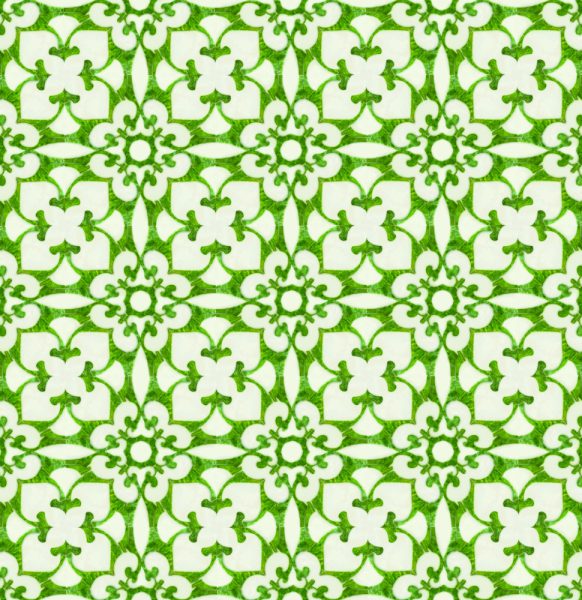 [ezcol_1half]Manicured Field (Diptych) is a set of two photographic prints depicting tiles from the project “Growth Pattern”. This diptych shows the tiles in an initial state and a final state.
[ezcol_1half]Manicured Field (Diptych) is a set of two photographic prints depicting tiles from the project “Growth Pattern”. This diptych shows the tiles in an initial state and a final state.
In the initial state, the leaves are lush and green and have been recently cut into a botanical abstraction. In the final state, the leaves have begun to decay, mold and bacteria have grown, and the nutrient supplies for the tissue have depleted.
Over time, “Growth Pattern” creates a generative image and time-lapse animation. However, it is a very “analogue” animation. Each “pixel” is a petri dish and the movements and changes happening in each tile are occurring not because of algorithms running on a computer program; rather because of the algorithms in the cells of the tissue and surrounding micro-organisms. The image it generates changes and though the range of possible states of each tile is abstractly known, the final outcome of the work is always open to indeterminate variability.
In these digital photographic prints, we see a post-processed photograph of one instance of 64-tiles at beginning and end states of their life cycle. These works are approximately 33″ square and are inkjet printed on archival paper.
Editions held in private collections in Mumbai, India and Graz, Austria. An edition is on display in Building #4 of Microsoft, Redmond, WA, US and part of the Microsoft Art Collection. An edition is also on display in Champions Hall, University of Arkansas, Fayatteville, US. [/ezcol_1half] [ezcol_1half_end]

